What are Types of Facing and Centering Machines?
Facing and centering machines are essential tools in the field of machining and manufacturing, used to process workpieces by facing, centering, and sometimes chamfering or grooving. These machines come in various types, each designed for specific applications and requirements. Here are some common types of facing and centering machines:
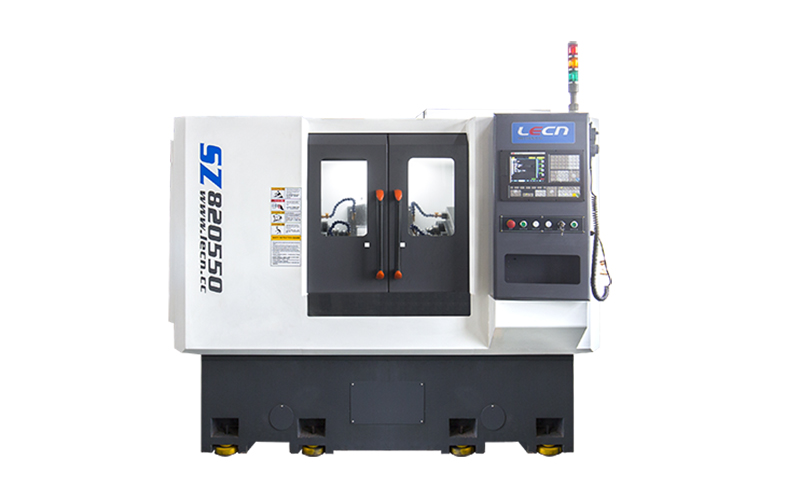
Manual Facing and Centering Machines:
These machines are operated manually, typically using handwheels or levers to control the movement of the cutting tool. Manual machines are often used for smaller workpieces and in situations where precision is critical.
Semi-Automatic Facing and Centering Machines:
Semi-automatic machines combine manual control with some degree of automation. They may have features like power feeds or automatic tool retract after facing or centering is complete, making the process more efficient and less labor-intensive.
CNC (Computer Numerical Control) Facing and Centering Machines:
CNC machines are highly automated and programmable. They use computer control to precisely position the cutting tool, allowing for complex operations, high repeatability, and the ability to process various workpiece sizes and shapes. CNC facing and centering machines are commonly used in modern manufacturing environments.
Rotary Facing and Centering Machines:
These machines feature a rotating spindle or workpiece holder, which allows for the efficient facing and centering of cylindrical or rotating parts. They are ideal for applications where multiple surfaces need to be machined on a cylindrical workpiece.
Vertical Facing and Centering Machines:
In vertical machines, the workpiece is clamped vertically, and the tool moves horizontally to perform facing and centering operations. These machines are often used for relatively large and heavy workpieces.
Machinery
Horizontal Facing and Centering Machines:
Which welding machine is best for home use?
Extrusion Blow Molding Machine: Overview and Function
What is the process of valve grinding?
Valve Lapping Machine: Precision and Efficiency in Valve Seating
A Comprehensive Comparison between Rotary Drilling Rigs and Percussion Drills
How Does a Wire Straightener Work?
In horizontal machines, the workpiece is clamped horizontally, and the tool moves vertically to perform machining operations. Horizontal machines are suitable for various workpiece sizes and shapes and are often used in large-scale production environments.
Multi-Spindle Facing and Centering Machines:
These machines are equipped with multiple spindles, allowing for simultaneous machining of multiple workpieces. Multi-spindle machines are used to improve production efficiency when working with high volumes of parts.
Automatic Facing and Centering Machines:
Automatic machines are designed for high-speed, high-volume production. They are equipped with automatic tool changers, workpiece loading and unloading systems, and other features to minimize manual intervention and maximize productivity.
Specialized Facing and Centering Machines:
Some machines are designed for specific applications or industries. For example, there are specialized facing and centering machines for the automotive, aerospace, and medical device industries, among others.
Custom-Built Facing and Centering Machines:
In some cases, manufacturers may opt for custom-built machines tailored to their unique needs and specifications. These machines are designed and engineered to handle specific workpieces and operations efficiently.
The choice of facing and centering machine type depends on factors such as the size and type of workpieces, production volume, required precision, and available budget. When selecting a Automatic Production Line, it's essential to consider the specific needs of the manufacturing process to ensure optimal performance and efficiency.
Recommended article:Advancing Precision and Power: The Dual Action Hydraulic Cylinder
How does a Puff Snacks Extruding Machine work?
Why Is It Essential To Sort Waste For Recycling?
How to Choose the Right AIR Plasma Cutting Machine?
Unlocking Precision and Efficiency with Gas Pressure Sintering Furnace
What are the different types of riveting machines?
Quality Control in Maize Flour Milling Plants: Ensuring Excellence in Standards
557
0
0



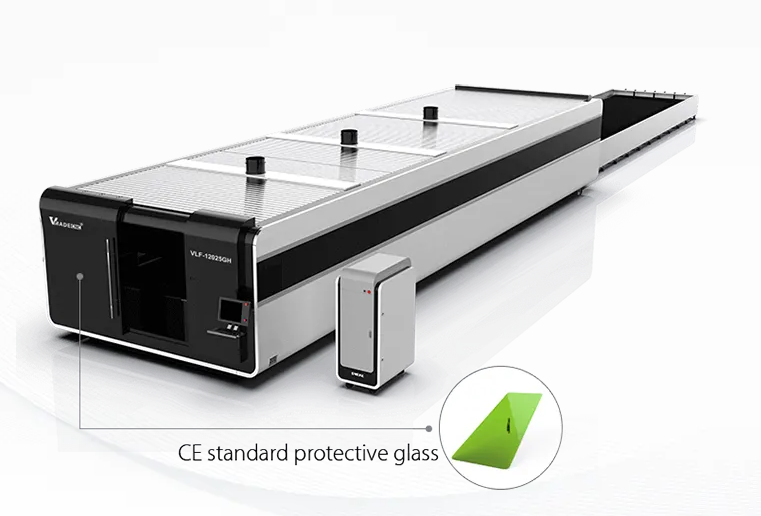
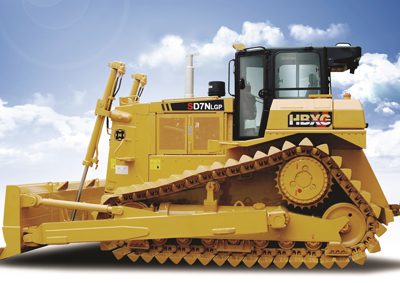
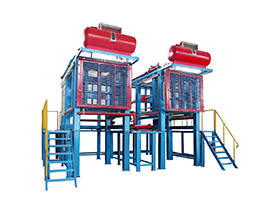

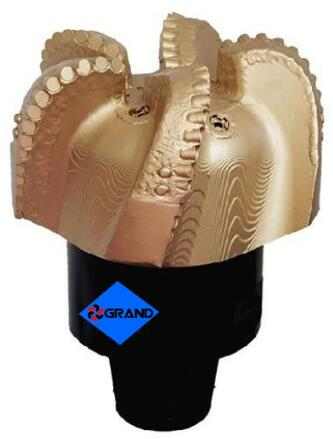
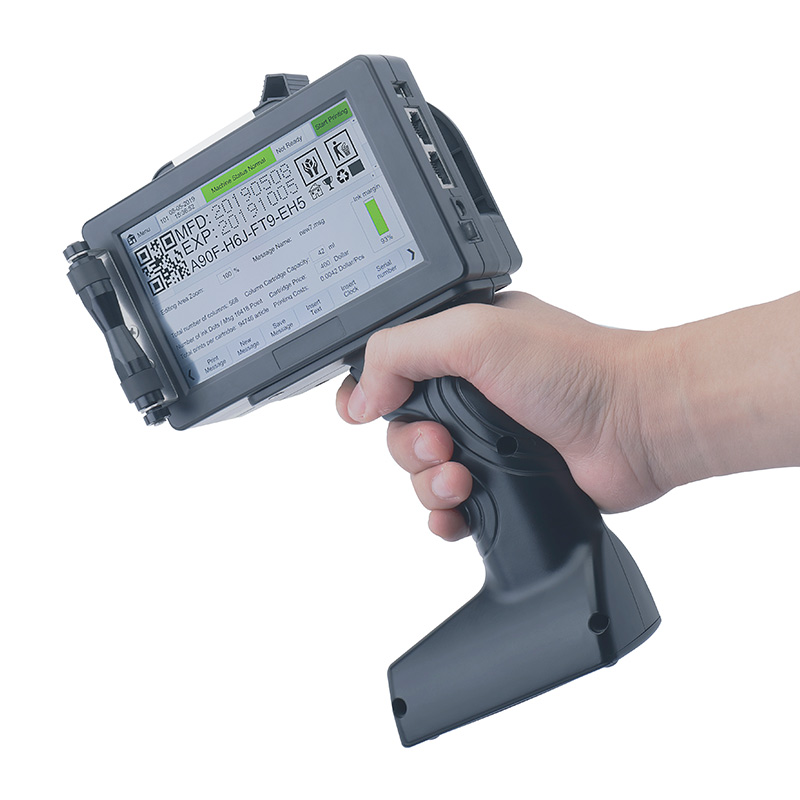
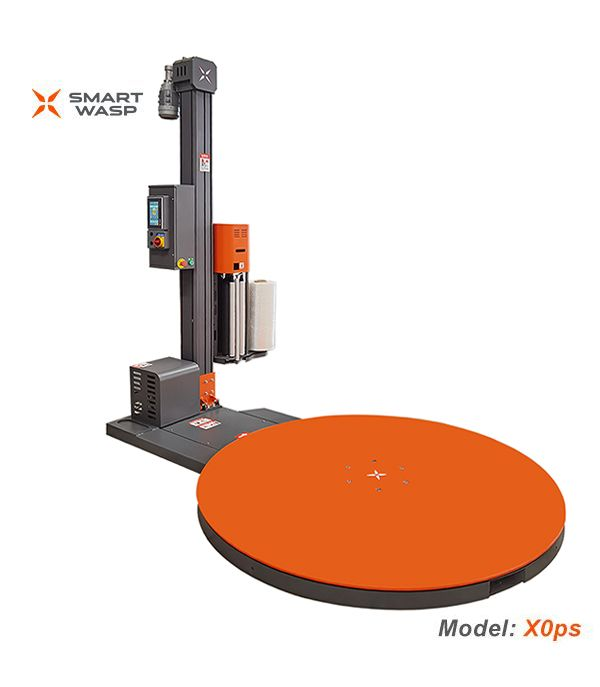
Comments
All Comments (0)